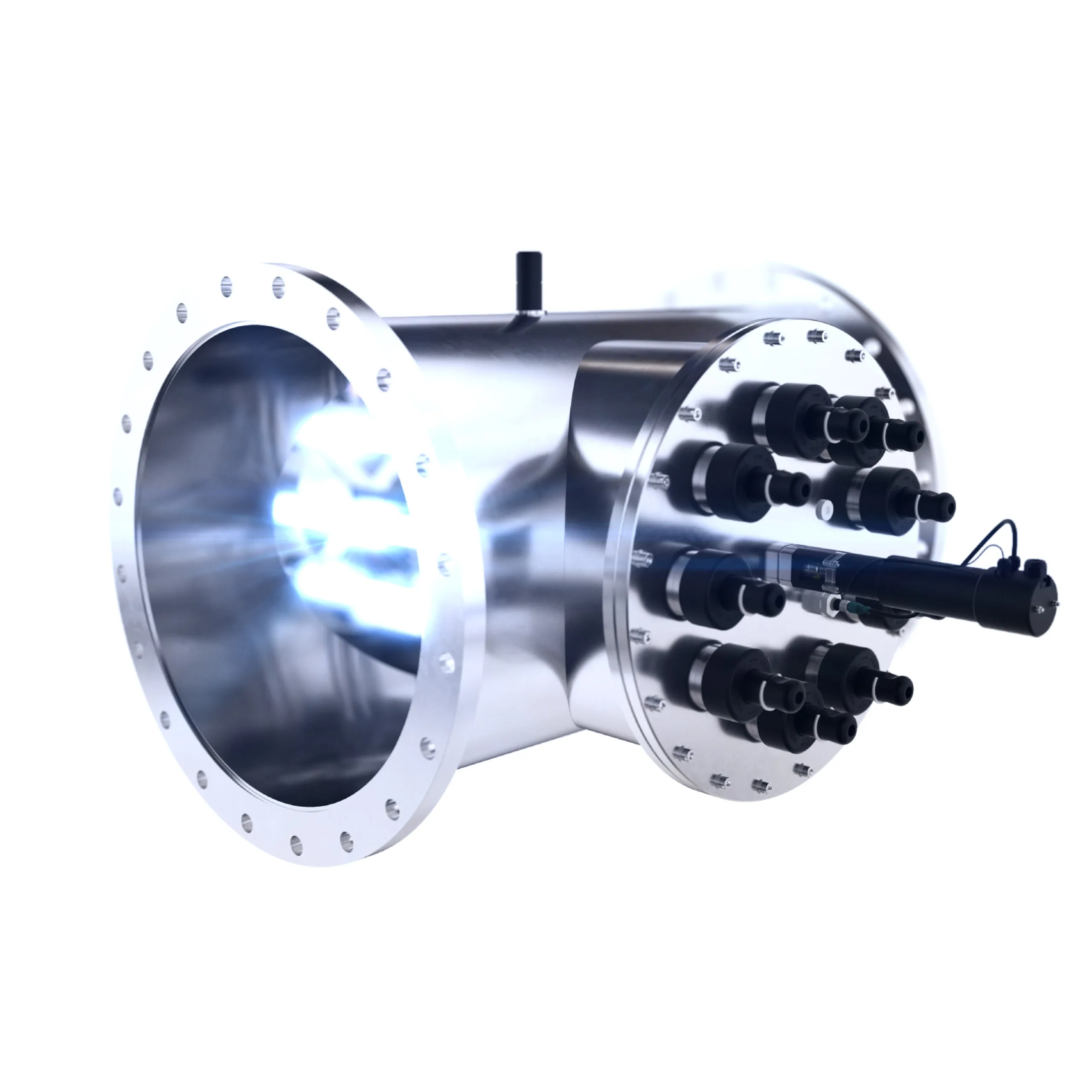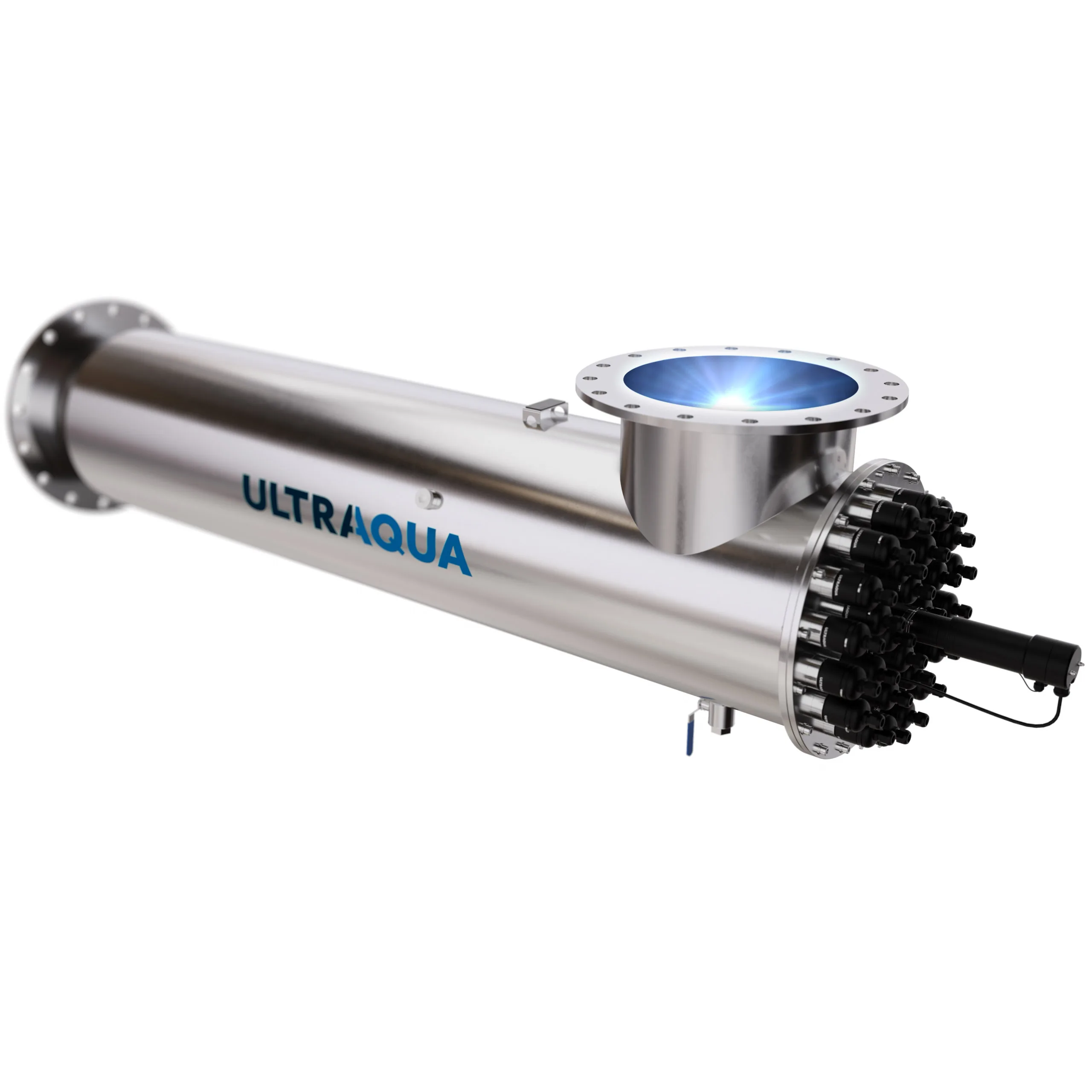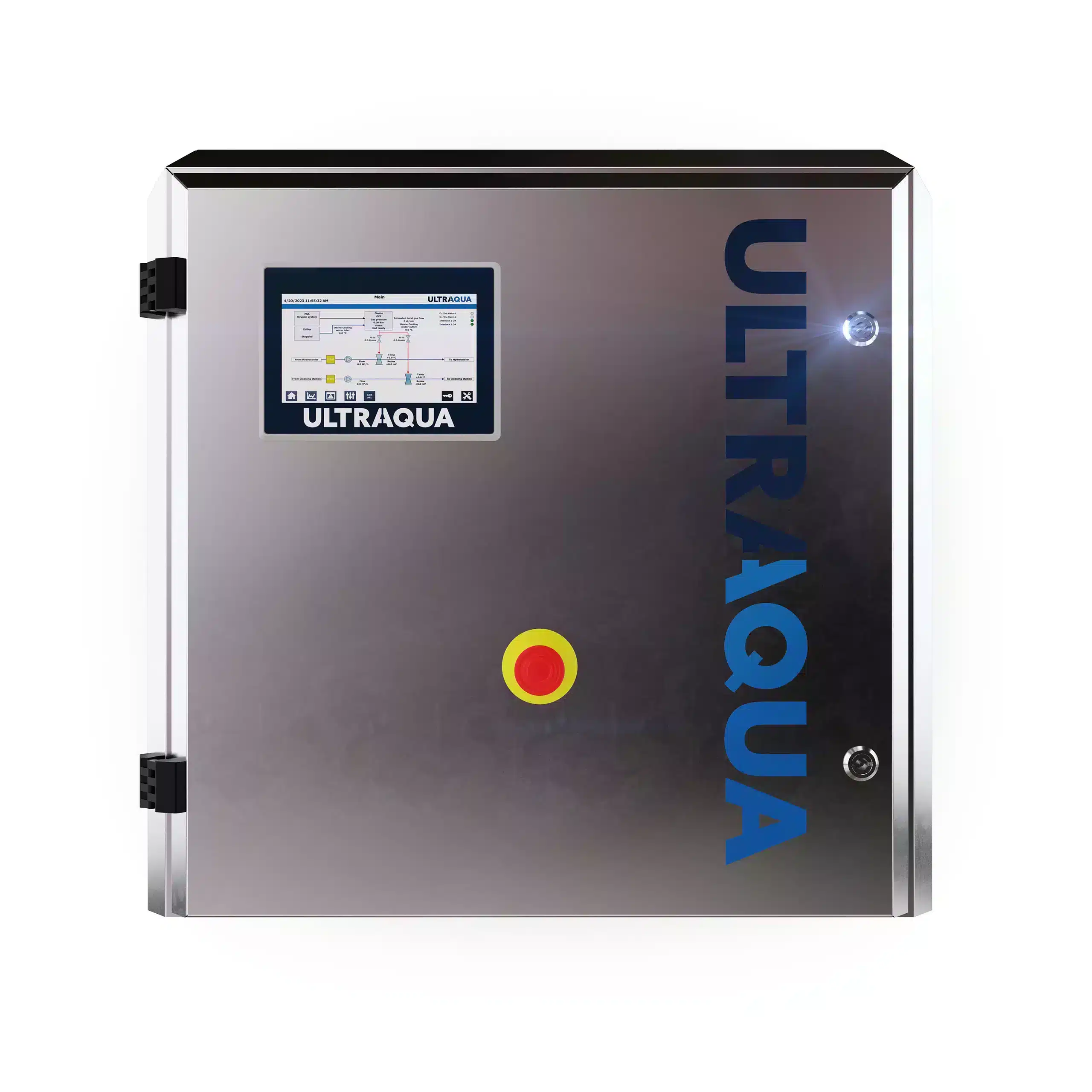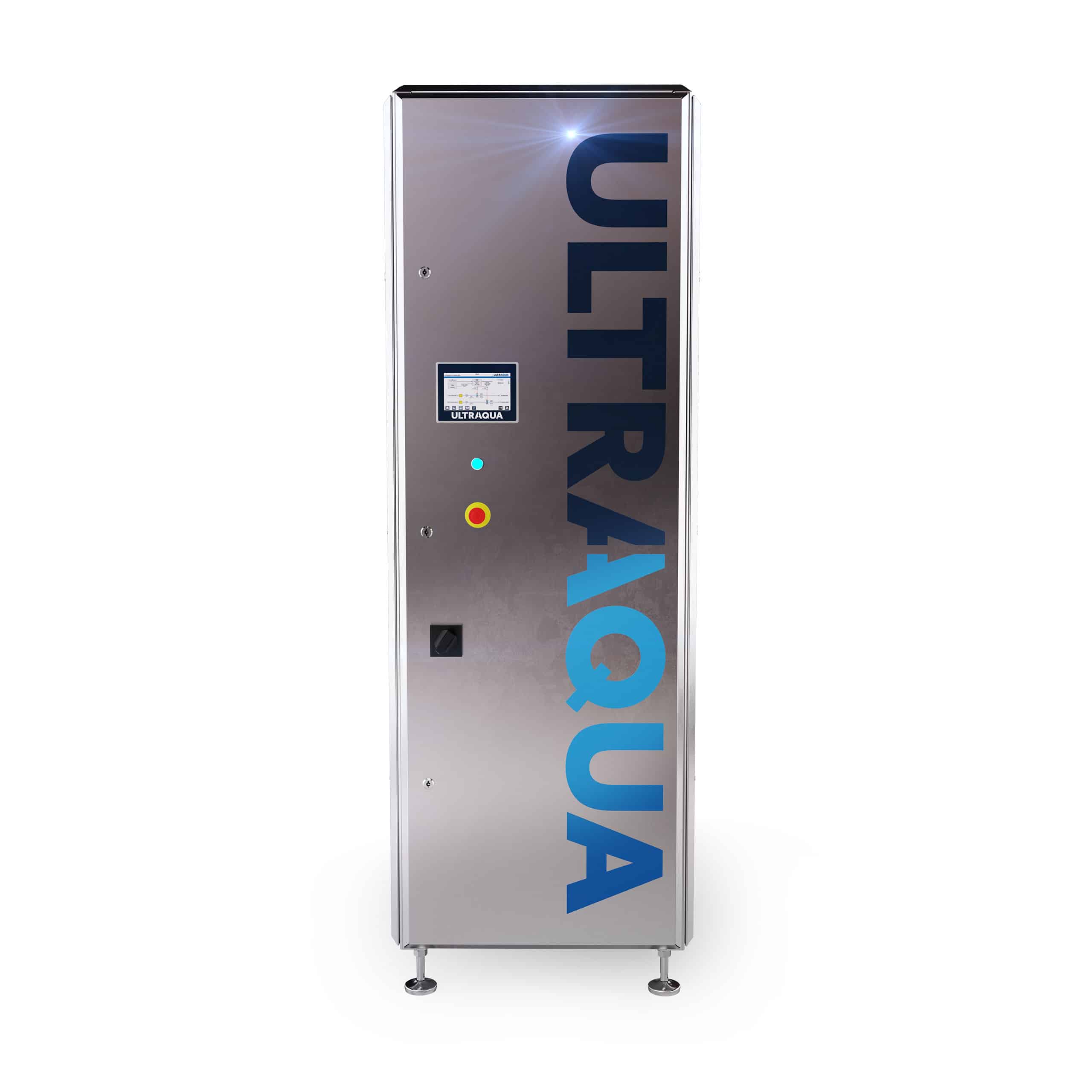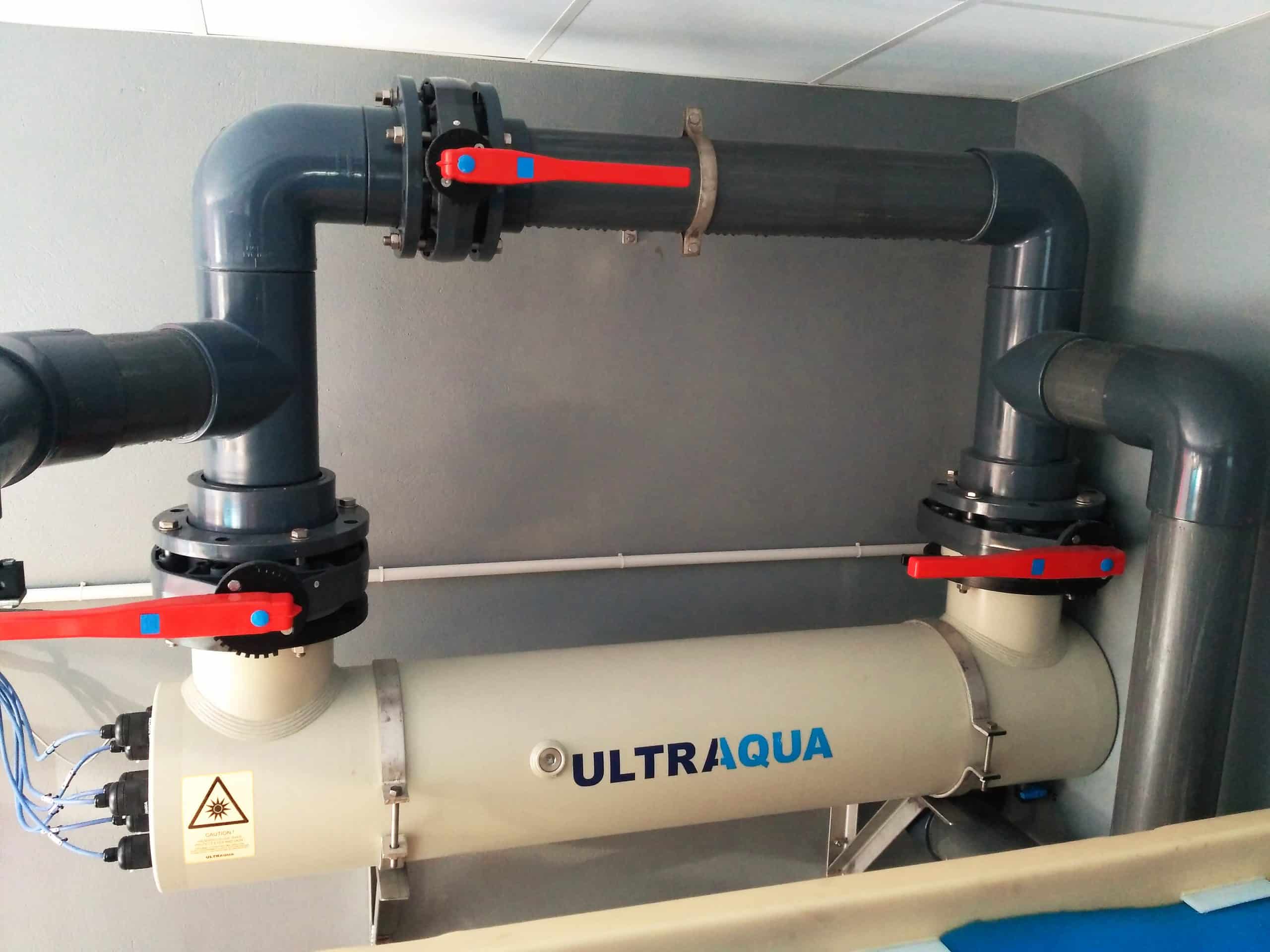
UV DISINFECTION FOR LANDFILL LEACHATE
Landfill leachate consisting of the runoff rainwater from landfills is full of organic and inorganic materials such as ammonium, phosphorous, sulfate, microplastics, metals, and many more.
Over the years the landfill and therefore leachate management has significantly improved, however, in many areas it still poses a treatment challenge, due to its highly variable consistency, toxins, and geological challenges related to the landfill locations around the world.
As a result, the treatment of landfill leachate can become costly, as adding additional chemicals is not an option, and in most treatment requirements, it has to leave from almost none to zero residues. Therefore, UV disinfection has become a preferred solution for leachate treatment. Upon removal of total suspended solids (TSS), one of the ways to treat highly contaminated water is by utilizing medium-pressure (MP) or AOP UV technologies.
ULTRAAQUA UV’s medium-pressure ULTRATRON™ series releases higher energy wavelengths, becoming able to destroy a variety of compounds. ULTRAAQUA UV AOP utilizes photochemical reactions that generate OH-radicals in water to degrade persistent and toxic chemical compounds. ULTRAAQUA UV offers multiple solutions to not only perform standard disinfection of the water but also destroy complex chemical compounds.
FREQUENTLY ASKED QUESTIONS (FAQ)
Find frequently asked questions regarding UV disinfection for this application by clicking on a question below.
Why is UV disinfection beneficial for treating landfill leachate?
UV disinfection is beneficial for treating landfill leachate because it effectively neutralizes harmful pathogens and organic contaminants. This process ensures that the leachate, when released or repurposed, does not pose a threat to the environment or public health.
How does UV treatment compare to traditional methods for leachate disinfection?
UV treatment is more environmentally friendly than traditional methods, as it does not involve the use of chemicals. Additionally, it is highly effective against a broad spectrum of microorganisms and can be more cost-effective in the long run due to lower operational and maintenance requirements.
Can UV systems handle the high contaminant load typically found in landfill leachate?
Modern UV systems are designed to handle high levels of contaminants. They can be customized to the specific composition of the leachate, ensuring effective disinfection regardless of the contaminant load. For complex chemical compounds, utilizing UV AOP systems may be the best choice.
Is UV treatment a sustainable option for landfill leachate management?
UV treatment reduces the environmental impact of leachate management by avoiding chemical use and can be powered by renewable energy sources, further minimizing its ecological footprint.
How does UV disinfection impact the overall cost of landfill leachate treatment?
Especially when considering long-term operational costs, UV disinfection is proven to be cost-effective. UV systems require less maintenance and have no ongoing chemical costs, which can lead to significant savings over time.
